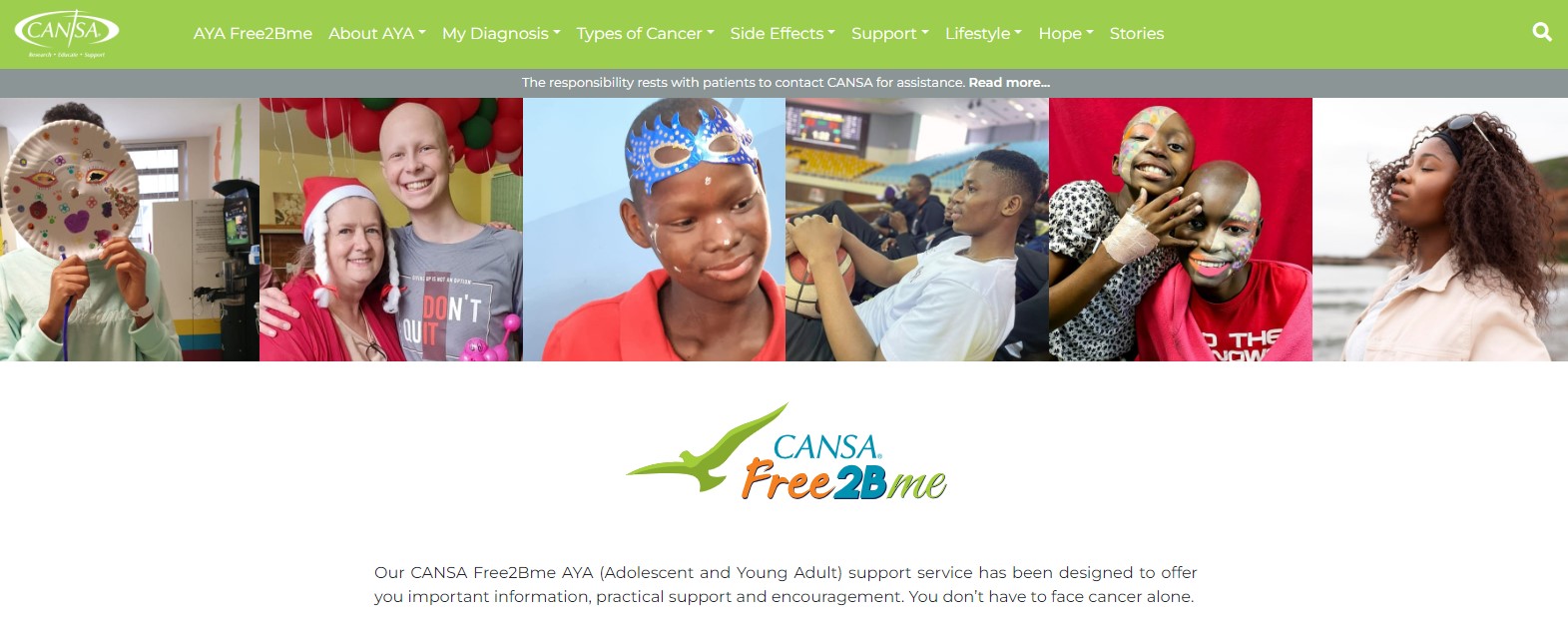Health
How to navigate cancer in adolescents – why and how─── HEIDRÈ MALGAS 11:33 Thu, 25 Apr 2024

“The outward appearance and social standing along with the diagnosis can also impact their self-esteem and sense of identity.”
Ovarian cancer ranks as the ninth most prevalent cancer among adolescent girls in South Africa, according to Statistics South Africa.
Ovarian tumours can develop in infants, young girls, and adolescents in one or both ovaries. Due to the nonspecific nature of the symptoms, the diagnosis is often only made after the cancer has metastasised.
Joan Marston, a distinguished nurse with extensive experience in hospice and palliative care since 1998 at local, national, and international levels, highlights that a combination of inadequate awareness, poverty, and logistical challenges in accessing healthcare facilities significantly contributes to the delayed diagnosis of cancer in children and adolescents. This delay markedly decreases the likelihood of remission or cure.
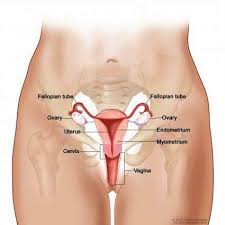
Image: Cansa
Marston explains the differences between ovarian cancer in adolescents and adult women in terms of symptoms, disease progression, and prognosis. Whereas epithelial ovarian cancer is the most common pathological subtype in adults, ovarian tumours in children and adolescents primarily arise from non-epithelial tissues and cells unique to the ovary.
Unlike the highly treatable germ cell tumours commonly seen in adolescents, older adults are more likely to develop aggressive carcinomas, which originate in the epithelial tissue, necessitating a different treatment strategy. The symptoms, however, are comparable across the ages.
Significantly, ovarian cancer in adolescents boasts a higher cure rate compared to its incidence in adult women.
Carien van Dalen (16) from the Vaal Triangle underwent surgery on 31 January to remove a 7 kg cancerous tumour from her ovary, following a diagnosis of ovarian cancer. The initial chemotherapy had to be halted due to Carien experiencing an allergic reaction. However, after adjusting the chemotherapy treatment, they were able to proceed the following day.
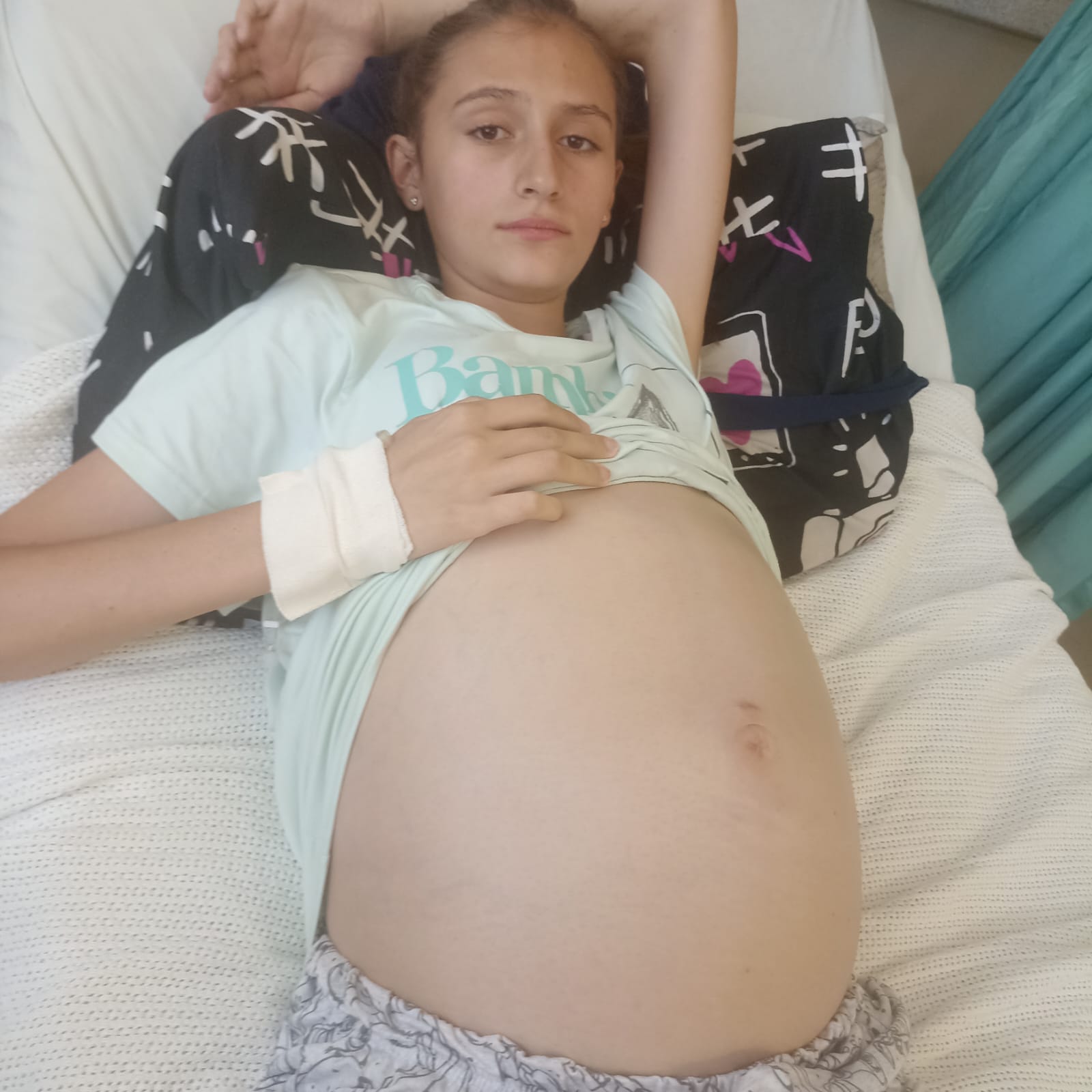
Carien van Dalen the day before her big operation to get the tumour removed. Photo supplied
On 11 April, Carien received her second chemotherapy session. The learner from Afrikaanse Hoërskool Sasolburg is a positive, resilient young woman, determined not to let cancer defeat her.
According to Marston, genetic factors may play a role in the occurrence of ovarian cancer in both adults and adolescents. The prognosis depends on the cancer's type and stage, the patient's age, and overall health. Early diagnosis and treatment significantly improve the chances of remission.
Carien’s mother, Chrissie Jacobs, shares the profound impact her daughter's cancer has had on her as a parent. “The news of my daughter’s cancer hit close to my heart because we did not expect it, nor did we foresee her needing chemotherapy treatment.
“Our family and relatives have been emotionally shaken by this distressing news. My heart shattered the day I found out my beautiful daughter had cancer, leaving me with so many questions.”

Image: Cansa
Jacobs shared that it was incomprehensible to her why anyone would think she could ever forsake her 16-year-old daughter because she has cancer. She is constantly by her side, day and night, despite the emotional toll it takes on her, causing tears to flow at the sight of her daughter so sick and weak.
“It's a difficult journey we are on, with each chemotherapy session, her fatigue, and the nausea, but I never give up. Day and night, I’m there for my child. I remain on my knees, praying that the Lord will completely heal my beautiful daughter. Physically, it drains me, but with strength from above, I stand firm for my daughter throughout her illness,” Jacobs said.
The Independent Clinical Oncology Network in South Africa estimates that, depending on the type of cancer, treatment locally can range anywhere from R10,000 to R1 million per patient, per year.
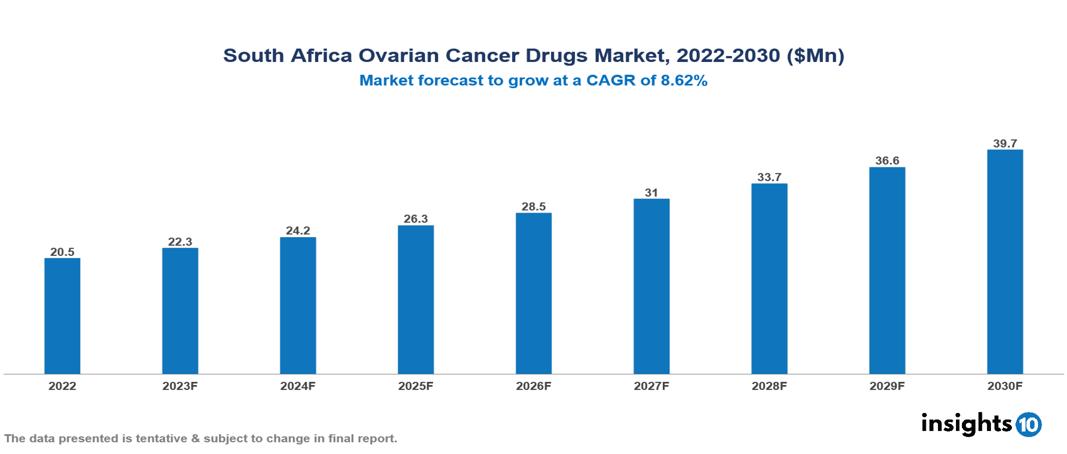
South Africa's Ovarian Cancer Drugs Market is valued at around $20.5 million in 2022 and is projected to reach $39.7 million by 2030. Image: Insights10
Cansa points out that oncology drugs are among the most significant cost drivers in healthcare today. Several factors drive the high cost of these drugs. This includes the expenses related to drug development and clinical research needed to gain regulatory approval. Additionally, the long patent life of oncology drugs ensures product exclusivity, further contributing to their high costs.
“As parents, we find ourselves financially incapable of covering all the expenses associated with our daughter's care, including medication and private transportation, since we no longer have a car. Our daughter can now only tolerate specific foods due to the challenges chemotherapy presents in maintaining her usual diet.
“The ordeal that accompanies our daughter's cancer diagnosis is not easy; it demands time, patience, and countless prayers, especially considering she did not choose to face this disease,” Jacobs shared about the financial toll that comes with the diagnosis.
‘But how do I know? What are the signs?’
Marston emphasised that the symptoms depend on the tumours’ size and location; some may not show any symptoms at all.
However, she highlighted the most common signs and symptoms of ovarian cancer in adolescents, that parents and healthcare providers should be vigilant about:
- a sensation of pressure or fullness in the abdomen or pelvis (bloating);
- a firm swelling in the lower abdomen;
- frequent urination or difficulty emptying the bladder;
- persistent abdominal pain;
- nausea and vomiting;
- possible constipation and/or diarrhoea; fatigue; unexplained weight loss; pain during intercourse;
- menstrual irregularities; abnormal menstrual bleeding; and
- in girls younger than eight, an ovarian tumour or cyst may trigger the secretion of oestrogen, resulting in breast enlargement, pubic hair, vaginal discharge or bleeding.
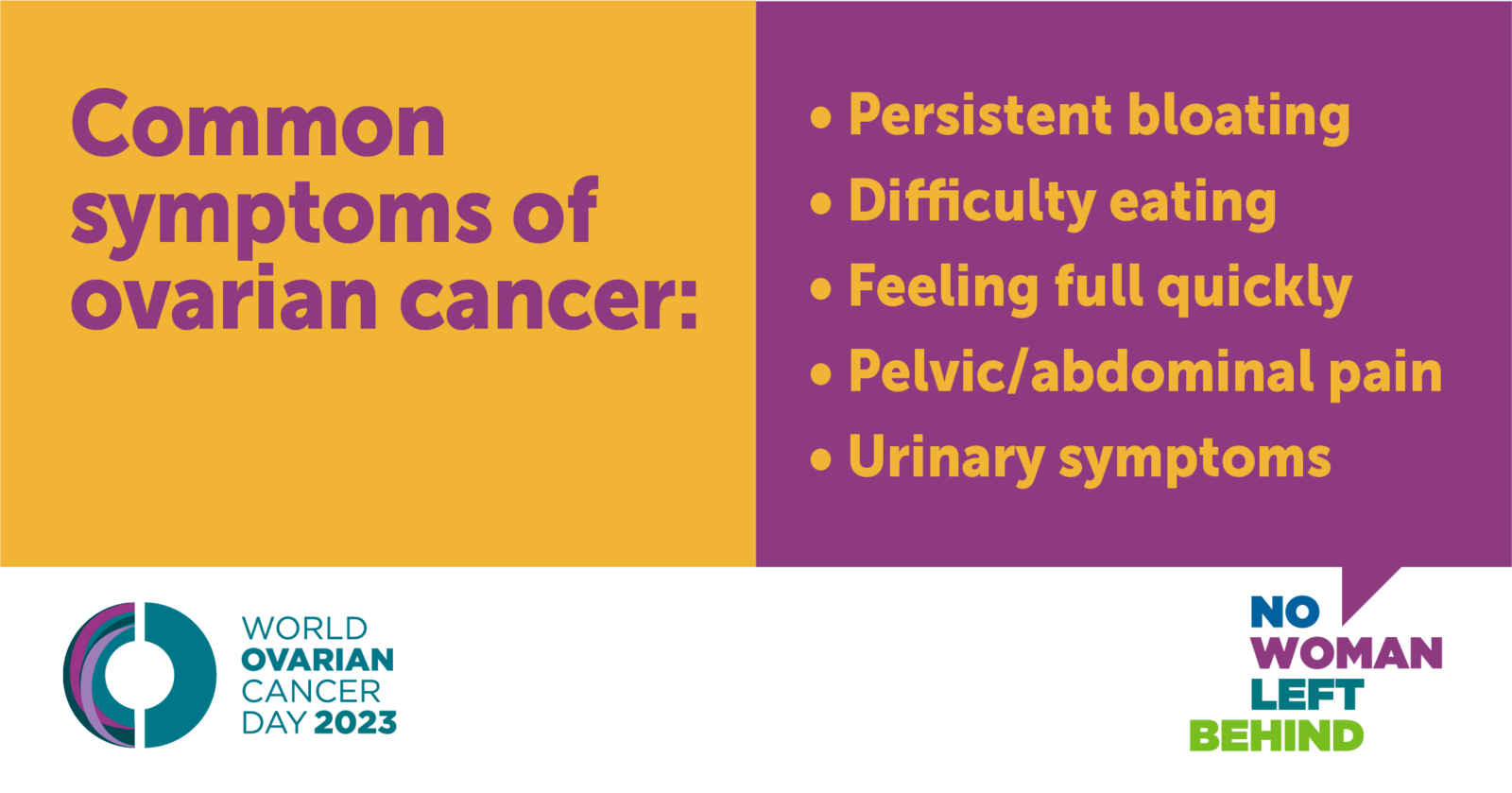
Image. CANSA website
In children and adolescents, the main risk factors for ovarian cancer include genetic factors, a family history of ovarian, breast, or colon cancer, and previous cancer diagnoses.
The current diagnostic techniques for ovarian cancer in adolescents comprise a combination of tests, with a biopsy of the tumour being the most definitive. Pelvic ultrasounds and MRI scans are also useful tools in the diagnostic process.
The treatment options for adolescent girls diagnosed with ovarian cancer and their impact on fertility and reproductive health vary depending on the cancer's extent.
Treatments include surgery to remove the tumour or as much of it as possible, chemotherapy, palliative care for pain management or in cases where the cancer has spread extensively, and possibly radiation for metastatic cancer. New targeted therapies may also be an option, alongside emerging research on immunotherapy, which is not yet widely available.
“If only one ovary is affected, the other can usually provide sufficient eggs to maintain fertility. If both ovaries are affected, it could be possible to harvest and freeze eggs for future in vitro fertilisation,” explained Marston.
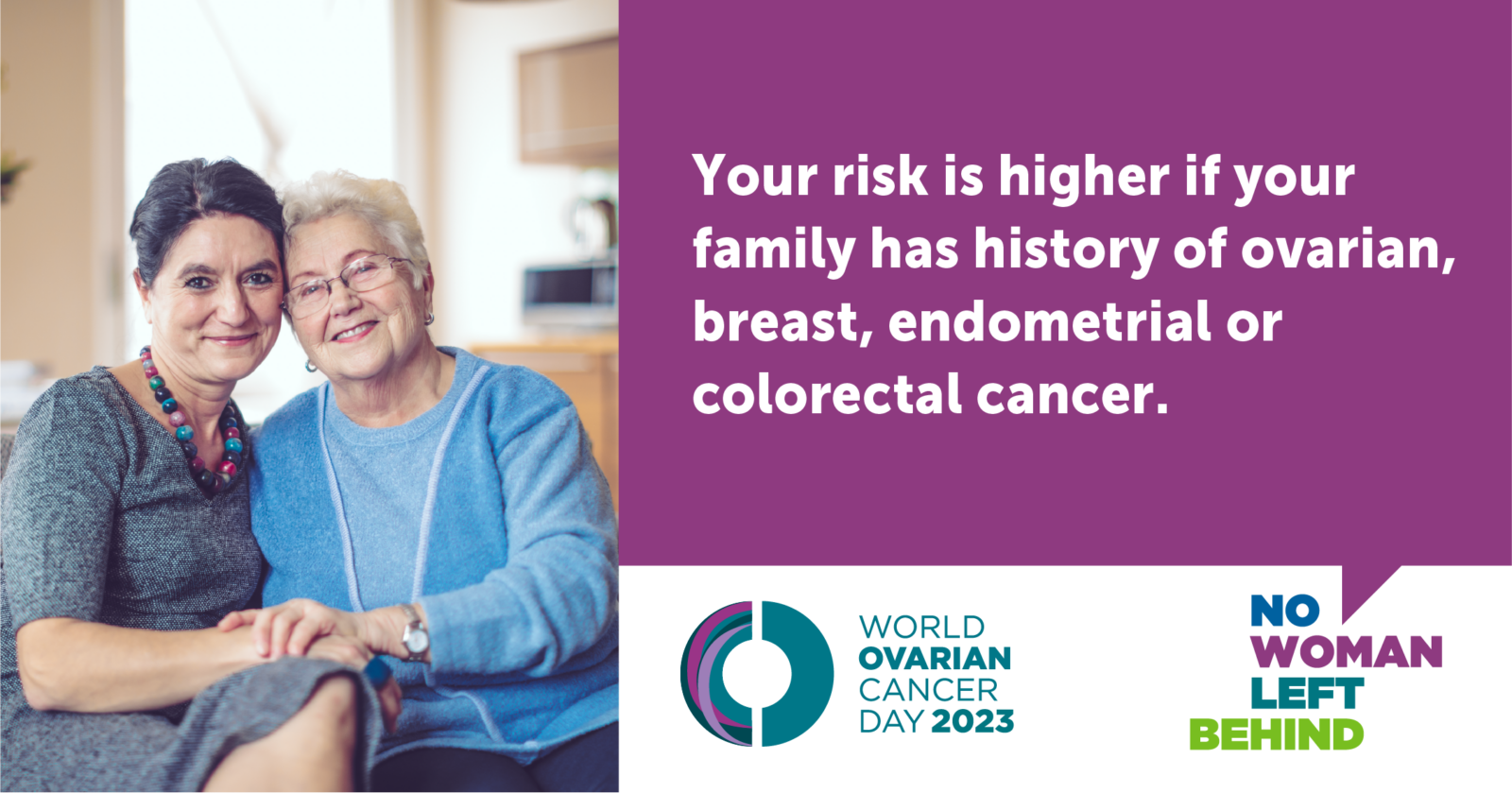
Image. CANSA website
A support system of family and friends plays a crucial role in navigating what may be the most challenging period in one’s life. Any cancer diagnosis can trigger fears of sickness, pain, death, changes in appearance, and potential disability.
The distresses include feeling different, concerns that surgery and chemotherapy may alter one's appearance, the inability to attend school or engage in activities, fears of never marrying or having children, and the potential for weight gain due to hormone replacement therapy.
There are also emotional aspects, including anger towards God or relatives if the cancer is genetic, frustration with those who are healthy, and irritability. Significant emotional fluctuations can occur.
In cases where the cancer has progressed beyond the control of treatment, both the adolescent and their family may need support and preparation for end-of-life considerations.
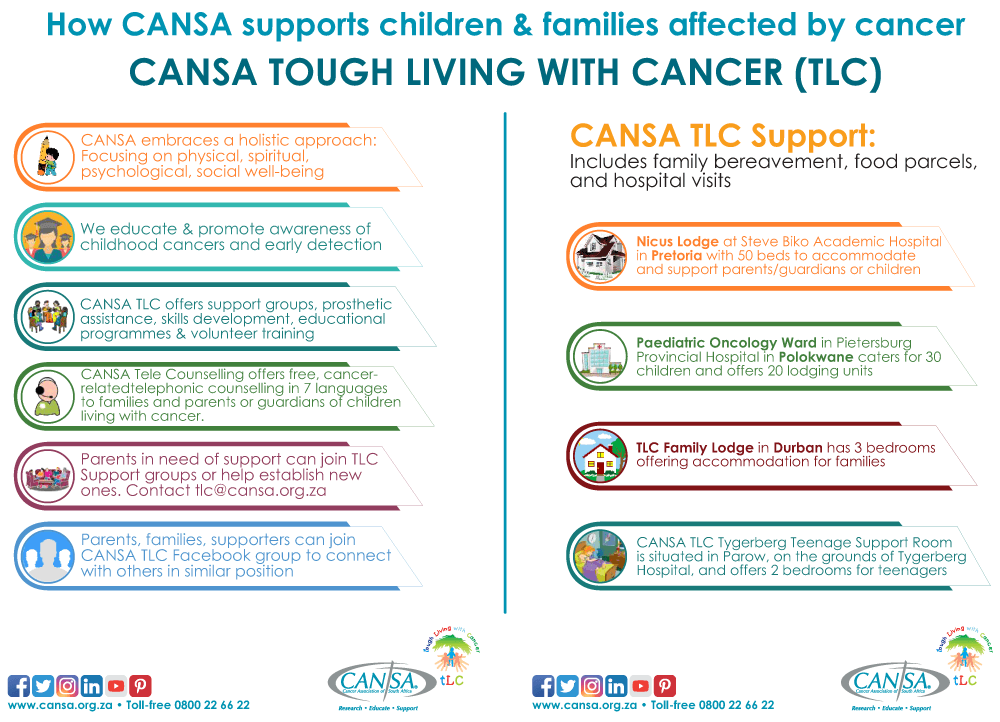
Image. CANSA
You and your support system will benefit from counselling that provides gentle honesty about the treatment process and what to expect. Engage in spiritual support to assist in finding meaning during this time. If the patient is a student, speak with her teachers to gauge if her friends require guidance on how to offer support.
Financial assistance for the family may be necessary, along with counselling support for siblings and grandparents. Additionally, social grants might be available.
She discussed recent advancements in the treatment of ovarian cancer in adolescents, which vary according to the cause. The latest research is focused on antibody drugs, implanted chemotherapy devices, and PARP inhibitors for treating advanced epithelial ovarian cancer. Immunotherapy is another area of exploration.
New medications are continuously being developed and tested, with the hope of improving survival rates.
Join a cancer support group in your area here:
Olivia Clelland, Wellness Counselling Psychologist and CEO and founder of PausePlay therapy says a cancer diagnosis can definitely have psychological effects on adolescents and young girls. Some of these may be feelings of fear, increased stress, sadness, social withdrawal, disruptions in academic and social activities, and feeling uncertain about the future.
"The outward appearance and social standing along with the diagnosis can also impact their self-esteem and sense of identity. Alongside this, comorbidities may include anxiety, depression and even disruptions in their normal developmental milestones. These youngsters must gain all the support they need, not only from family and friends, but from professionals and others like themselves to avoid feelings of loneliness in their medical journey,” Clelland said.

